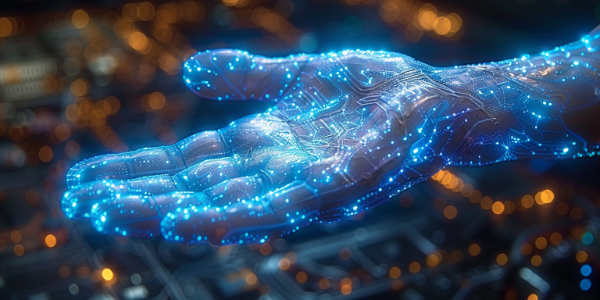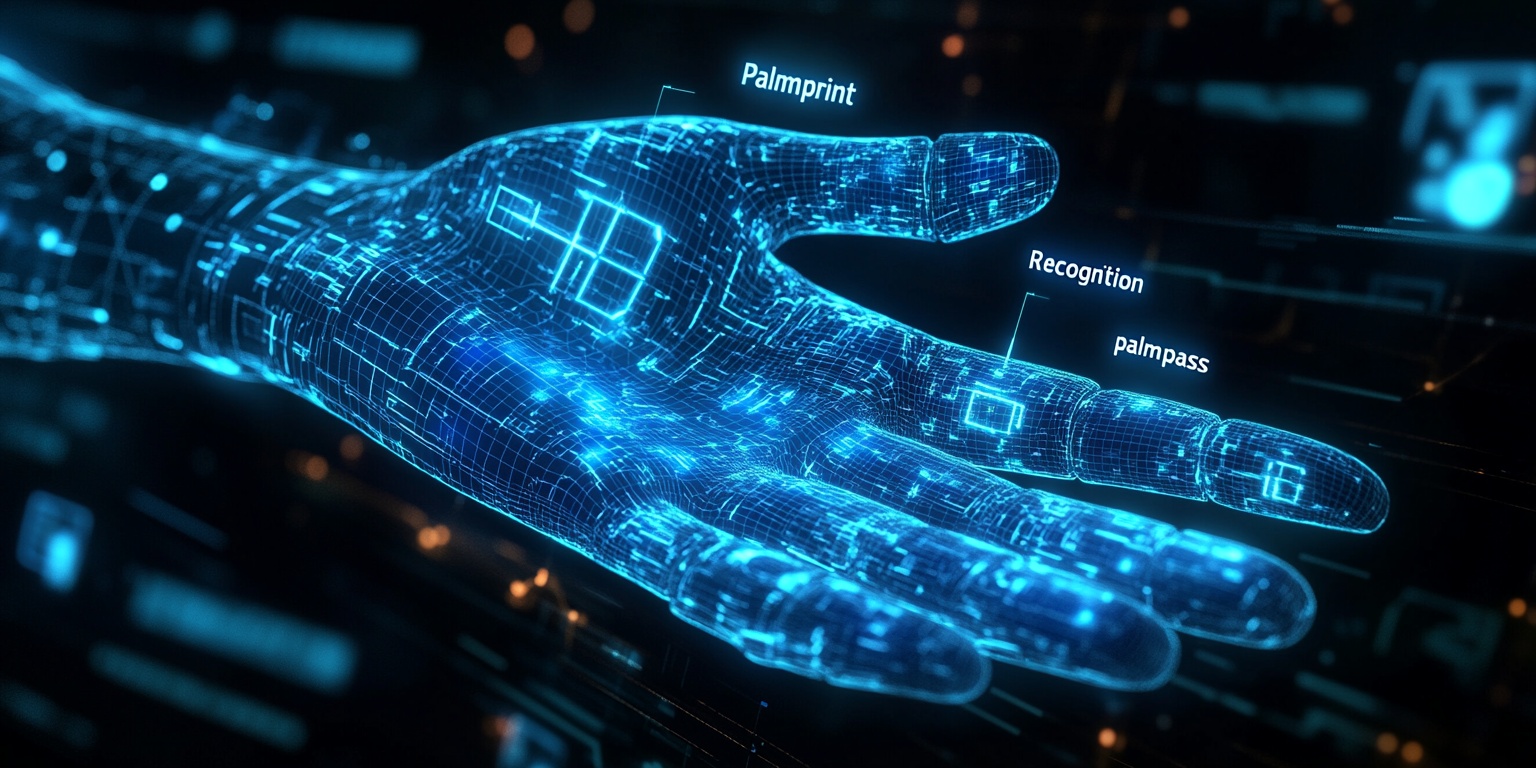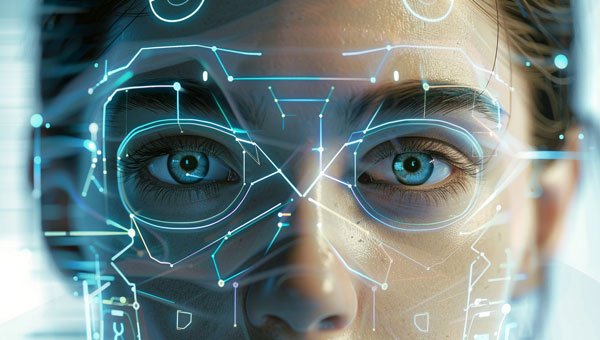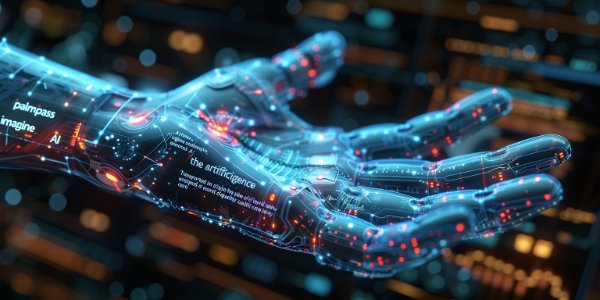Palmprint Recognition: Strengthening Digital Security with Palmpass
Explore how Palmpass uses palmprint recognition to enhance digital forensics and incident response. Understand the difference between computer forensics and digital forensics and the role of biometrics in modern cybersecurity.
As technology evolves, so does the sophistication of cyber threats. Ensuring data integrity and security in today’s digital landscape requires robust tools and methodologies, particularly in digital forensics. One such powerful tool is palmprint recognition, a biometric technology used to authenticate users and safeguard critical information. Palmpass, a leader in biometric solutions, leverages palmprint recognition to strengthen digital forensics processes and enhance incident response strategies.
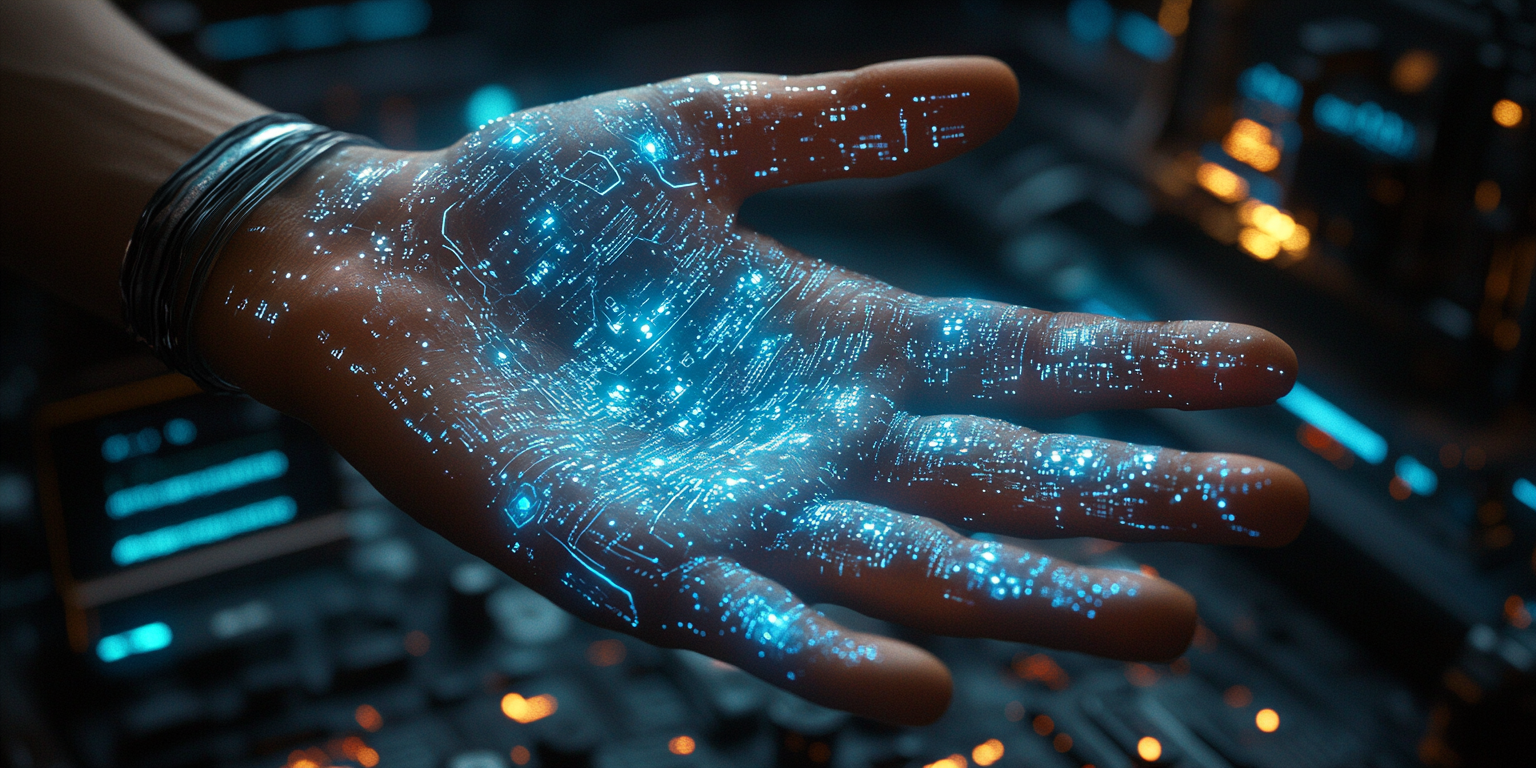
Understanding Palmprint Recognition
Palmprint recognition is a type of biometric authentication that analyzes the unique patterns on an individual's palm to verify their identity. Unlike traditional methods such as passwords or PINs, which can be easily compromised, palmprint recognition offers a higher level of security due to the complexity and distinctiveness of palm patterns. Palmpass employs advanced algorithms and machine learning techniques to accurately analyze these patterns, providing a secure and efficient solution for organizations to manage access controls and protect sensitive data.
The Role of Palmprint Recognition in Digital Forensics
The digital forensics process involves collecting, analyzing, and preserving electronic evidence to investigate and respond to cyber incidents. Palmprint recognition technology plays a crucial role in this process by ensuring that only authorized personnel can access and handle digital evidence. Palmpass’s palmprint recognition technology aids in maintaining the integrity of the evidence, preventing unauthorized access, and reducing the chances of tampering or data breaches during investigations.
Digital Forensics and Incident Response: A Symbiotic Relationship
Digital forensics and incident response (DFIR) are two interdependent fields that work together to detect, analyze, and mitigate cyber threats. While digital forensics focuses on gathering and analyzing evidence after a cyber incident, incident response is centered on taking immediate actions to contain and neutralize threats. Palmpass’s palmprint recognition technology enhances both these domains by providing a reliable means of identity verification, ensuring that only trusted individuals are involved in the forensic process and incident response actions.
Difference Between Computer Forensics and Digital Forensics
While the terms "computer forensics" and "digital forensics" are often used interchangeably, there is a subtle difference between them. Computer forensics specifically deals with extracting and analyzing data from computer systems, such as desktops and laptops. On the other hand, digital forensics encompasses a broader scope, including the investigation of data across various digital devices, networks, and cloud environments. With the increasing use of biometric technologies like palmprint recognition by Palmpass, the digital forensics field is now more equipped to handle a wide range of cyber incidents.
Enhancing Digital Forensics with Palmpass
By incorporating palmprint recognition into digital forensics, Palmpass offers a secure and efficient solution for handling digital evidence and responding to cyber incidents. This technology not only protects the integrity of sensitive information but also strengthens the overall security posture of organizations dealing with complex cybersecurity challenges.





